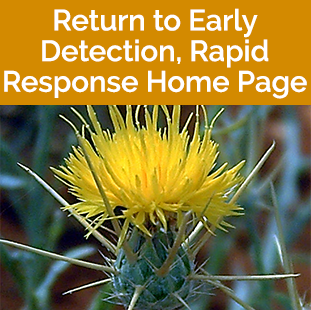Waterhemp
(Amaranthus tuberculatus)Quick ID
- Smooth, hairless (glabrous) stems
- Petiole (leaf stalk) usually shorter than leaf blade
- Dioecious, individual plants are either male or female
- Seed heads on male and female plants are not spiny
- Elongated leaves, longer than wide, appear smoother and glossier than other pigweeds
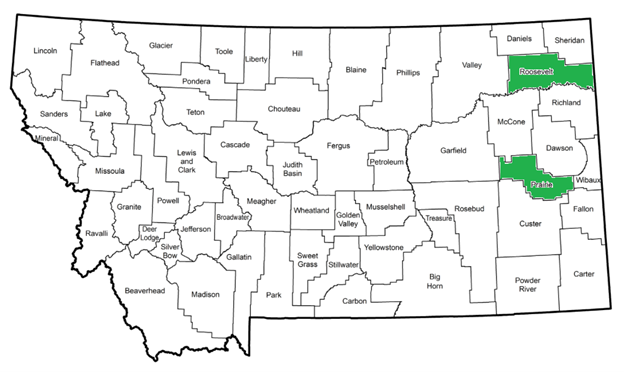
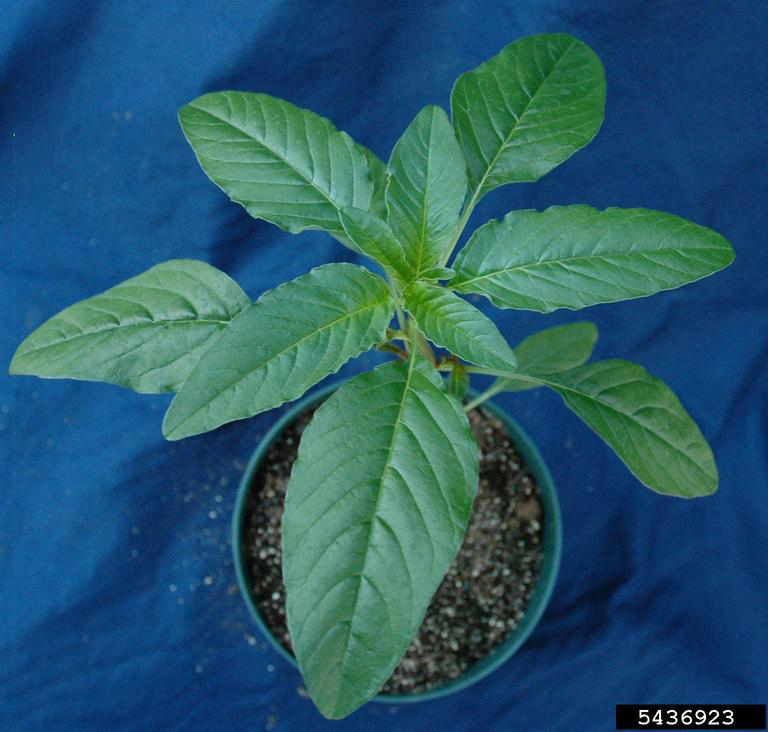
Waterhemp Plant
Video Information
Weed Images
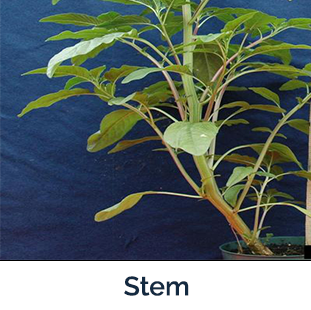
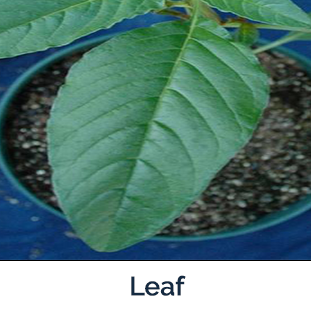

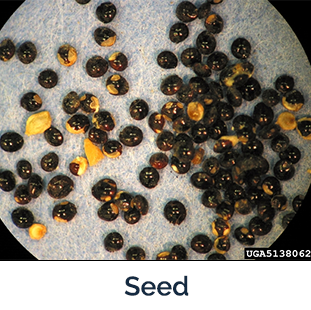
Weed Specifications
| Type | Information |
|---|---|
| Toxicity | Non-toxic |
| Best Management Practices |
Prevention and early detection and rapid response are critical, awareness, field scouting, equipment sanitation, communication, trusted seed sources *See management plan below |
| Habitat | As with other pigweeds, mainly cropland and field edges, roadsides, fence lines, ditches, and disturbed areas |
| Root | Taproot with secondary fibrous roots |
| Bracts | No spiny bracts, like redroot pigweed also has no spiny bracts, while Palmer amaranth female plants do have spiny bracts |
| Leaves | Lanceolate, long and narrow, longer than the petiole, shiny, upper leaves are smaller and more lanceolate than lower leaves, while other pigweeds have a more ovate (egg-shaped) leaf |
| Lifespan | Annual, with a long germination period of 8-10 weeks |
| Similar Looking Plants | Other pigweeds, including redroot pigweed and Palmer amaranth |
| Important Information | Extremely competitive and quickly develops resistance (already has widespread resistance to multiple herbicide modes of action) due to being a prolific seed producer, with each plant averaging 250,000 seeds and able to produce up to a million seeds, being dioecious (having plants that are either male or female), allowing for mixing of genes and more diversity, and being a quick grower, with 1”-2” of growth per day not uncommon, and since post emergent herbicides are most effective on waterhemp when it is smaller than 4”, the rapid growth can lead to a short spray window; female waterhemp plants can be distinguished from male plants because female plants have smaller flowers, are less branched, and they produce very small dark colored seeds, which can be seen when a mature seed head is rolled between the hands; waterhemp was confirmed in Roosevelt County in 2020 and Prairie County in 2021, the State Weed Coordinator and Montana State University specialist staff were informed, both samples were sent to the Schutter Diagnostic Lab by the county extension agents, and then to the National Agricultural Genotyping Center; be aware of seed sources and transportation corridors; very hard to identify and expert assistance is necessary for confirmation, including being sent to a lab for genotyping |
Find Out More...
To Report, Contact:
Dr. Tim Seipel
MSU Extension Cropland Weed Specialist
Palmer Amaranth Task Force Coordinator
Phone: (406) 994-4783
E-mail: timothy.seipel@montana.edu
Events
Ask a Question
Ask a Question
